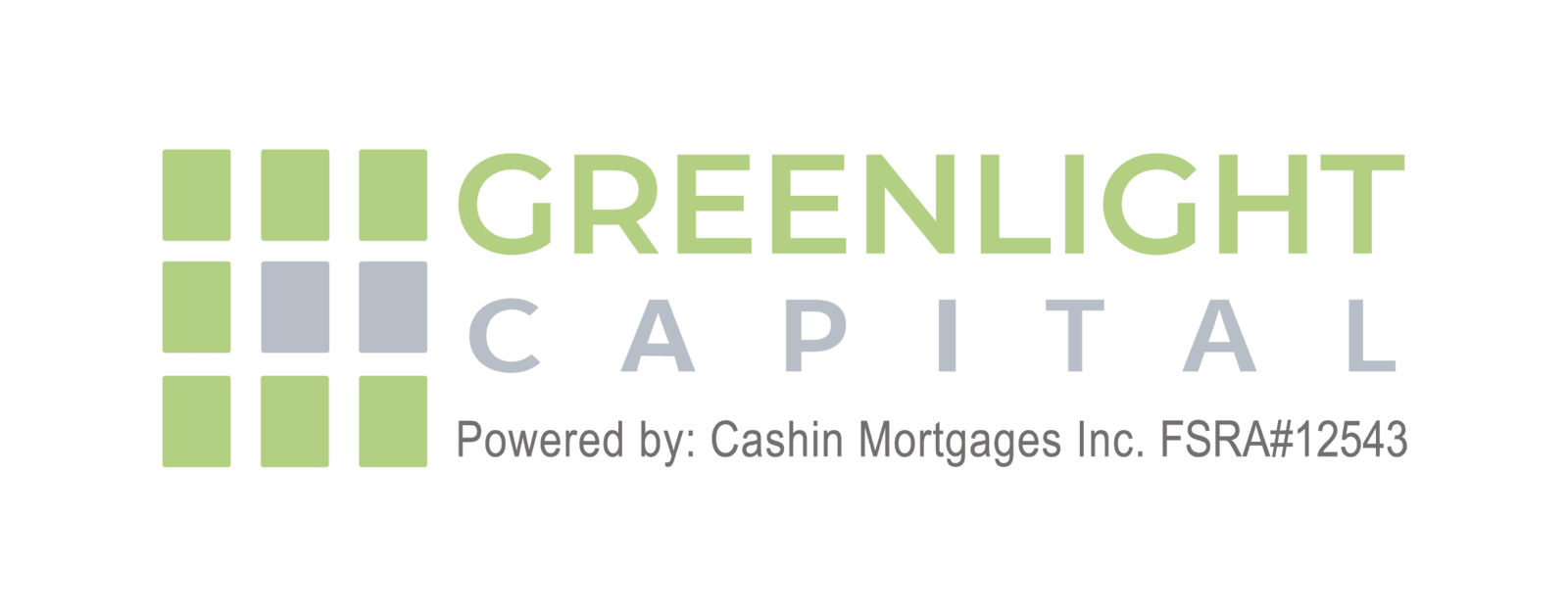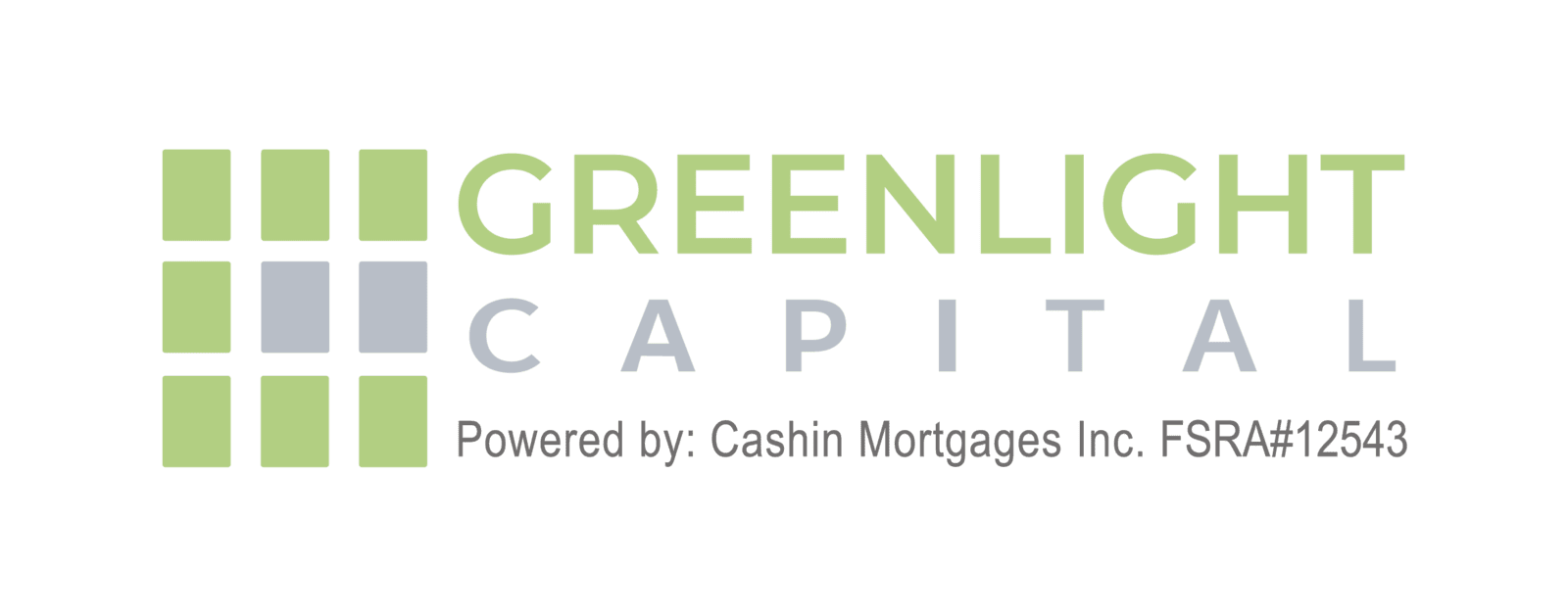What Private Lenders Need to Know as October 11 Approaches
What Private Lenders Need to Know as October 11 Approaches
Today marks the start of a new chapter for private lenders across Canada. As of October 11, 2024, the mortgage industry faces significant regulatory changes with the Financial Transactions and Reports Analysis Centre of Canada (FINTRAC) implementing new obligations under the . For private lenders like us, these changes mean adapting our practices to ensure compliance while continuing to serve our clients efficiently.
Overview of the Regulatory Changes
The new FINTRAC regulations bring enhanced responsibilities for all mortgage professionals, including private lenders.
Key changes include:
Anti-Money Laundering (AML) Compliance Programs
As private lenders, we now must establish robust , including documented policies and procedures. Appointing a dedicated compliance officer and conducting regular risk assessments will be essential to ensure we identify and mitigate risks related to money laundering.
Client Verification and Record-Keeping
We’re now required to verify the identity of all clients and keep detailed records of each transaction for at least five years. This includes information on clients' financial capacities, loan terms, and any activities that might raise red flags.
Reporting Suspicious Transactions
Any large cash transactions over $10,000, suspicious activities, or potential links to terrorist financing must be promptly . This means we’ll need to be extra vigilant in monitoring all financial activities within our portfolios.
The new FINTRAC regulations bring enhanced responsibilities for all mortgage professionals, including private lenders.
Key changes include:
Anti-Money Laundering (AML) Compliance Programs
As private lenders, we now must establish robust , including documented policies and procedures. Appointing a dedicated compliance officer and conducting regular risk assessments will be essential to ensure we identify and mitigate risks related to money laundering.
Client Verification and Record-Keeping
We’re now required to verify the identity of all clients and keep detailed records of each transaction for at least five years. This includes information on clients' financial capacities, loan terms, and any activities that might raise red flags.
Reporting Suspicious Transactions
Any large cash transactions over $10,000, suspicious activities, or potential links to terrorist financing must be promptly . This means we’ll need to be extra vigilant in monitoring all financial activities within our portfolios.
Implications for Private Lenders
These changes, while crucial for combating illicit activities, present unique challenges for private lenders, particularly smaller operations. Here are some potential impacts:
Higher Compliance Costs
Implementing new compliance programs, conducting regular risk assessments, and training staff will likely lead to increased operational costs. This could have a disproportionate impact on smaller private lenders, who may need to allocate more resources to meet these new obligations.
Increased Scrutiny
As private lenders, we’ll be under more scrutiny than ever before. FINTRAC will be conducting regular compliance audits to ensure we meet the new standards. Non-compliance could result in significant penalties, making it critical to have all procedures in place from day one.
More Conservative Lending Practices
With heightened client monitoring and the need for thorough risk assessments, many private lenders may become more conservative in their lending practices. This might result in stricter lending criteria and could limit mortgage access for clients who are deemed higher risk.
These changes, while crucial for combating illicit activities, present unique challenges for private lenders, particularly smaller operations. Here are some potential impacts:
Higher Compliance Costs
Implementing new compliance programs, conducting regular risk assessments, and training staff will likely lead to increased operational costs. This could have a disproportionate impact on smaller private lenders, who may need to allocate more resources to meet these new obligations.
Increased Scrutiny
As private lenders, we’ll be under more scrutiny than ever before. FINTRAC will be conducting regular compliance audits to ensure we meet the new standards. Non-compliance could result in significant penalties, making it critical to have all procedures in place from day one.
More Conservative Lending Practices
With heightened client monitoring and the need for thorough risk assessments, many private lenders may become more conservative in their lending practices. This might result in stricter lending criteria and could limit mortgage access for clients who are deemed higher risk.
How Private Lenders Can Prepare
As private lenders, it’s important to be proactive about these regulatory changes.
Here’s how we can ensure we’re prepared:
Training for Staff
Staff must be well-versed in identifying suspicious activities and understanding our new reporting requirements. Regular training sessions will help ensure everyone on the team is up to speed on compliance.
Policy and Procedure Updates
If you haven’t already, now is the time to update your existing policies and procedures to align with the new regulations. Ensure that your AML compliance manual is detailed and includes clear processes for client verification, transaction monitoring, and reporting.
Engage with FINTRAC
Staying engaged with FINTRAC through and industry sessions can provide valuable insights into compliance expectations. These sessions can also help clarify any uncertainties we might have about how to meet the new standards.
As private lenders, it’s important to be proactive about these regulatory changes.
Here’s how we can ensure we’re prepared:
Training for Staff
Staff must be well-versed in identifying suspicious activities and understanding our new reporting requirements. Regular training sessions will help ensure everyone on the team is up to speed on compliance.
Policy and Procedure Updates
If you haven’t already, now is the time to update your existing policies and procedures to align with the new regulations. Ensure that your AML compliance manual is detailed and includes clear processes for client verification, transaction monitoring, and reporting.
Engage with FINTRAC
Staying engaged with FINTRAC through and industry sessions can provide valuable insights into compliance expectations. These sessions can also help clarify any uncertainties we might have about how to meet the new standards.




